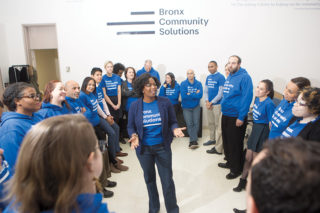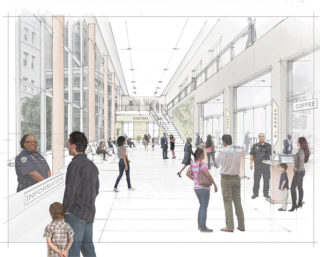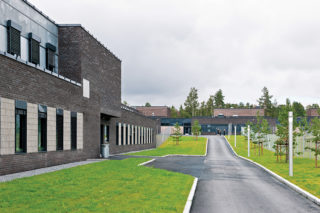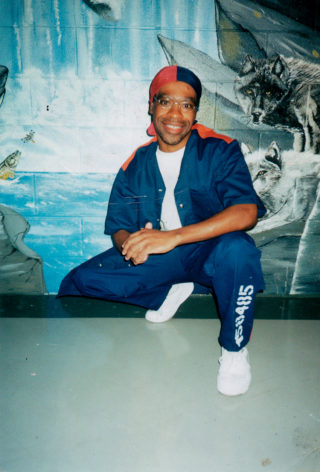Dear Editor,
I read Ricardo Zurita’s response to my firm’s op-ed piece with interest, respect, and concern. It has never been our intent to disparage the work of Ricardo Zurita Architecture & Planning (RZAPS), whose thorough studies, master planning, and collaborations with city agencies and stakeholders brought enormous improvements to Randall’s Island from 2007 to 2010. These efforts added invaluable recreational facilities to the city; indeed, our aim in proposing a bridge from Manhattan is to ensure that more citizens can enjoy them.
There is one important misreading that may have led to further disagreements: the “need that has gone puzzlingly unaddressed” mentioned in our piece is not the important values Mr. Zurita cites, but New York’s lack of a high-profile dedicated soccer stadium. Though the work of RZAPS, the Parks Department and Economic Development Corporation, and the Randall’s Island Park Alliance advances the aims he rightly mentions as priorities, that infrastructural niche remains unfilled in our city, as the later paragraphs of the article discuss. Fútbol is a force for cohesion and harmony in immigrant communities, yet I have observed that, despite its popularity, it is sometimes treated as a poor relation among the sports options available citywide. The municipally owned site above the Little Hell Gate Salt Marsh, which grade-level and overhead photos show to be extensively paved south and west of the Icahn track (though we acknowledge that the expression “dominated by vehicle parking” may be a matter of opinion), is one we believe deserves exploration to help address that need.
Access to the island from East Harlem remains a challenge. We are by no means the only commentators who find the Ward’s Island-103rd Street walkway insufficient to accommodate the students who currently must rely on indirect public transportation to reach the island, let alone the crowds who might use a new stadium. Proportionate use of Randall’s Island by private and public schools has been reported and discussed in the New York Times, Daily News, Gothamist, Gotham Gazette, Urban Omnibus, and elsewhere; the imbalance, we and others contend, largely boils down to bus access. The roughly half-and-half split Mr. Zurita cites between use of the fields by public and private school students, considering the scale of each (nonpublic schools, including both religious and independent, account for fewer than 20% of the city’s K–12 total), clearly strikes many stakeholders as inadequate for the public-school students who lack the more affluent schools’ chartered buses—and the 56%/13% split skewed toward private schools’ use of the island found by a 2010 Parks Department study, cited by the Times and others, leads a fortiori to the same position.
If our bridge proposal were to progress from speculation to more detailed planning, environmental impact studies (EIS) would be a routine part of the process. This far ahead of such a stage, however, the claim that the proposed bridge would be “catastrophic to the ecosystem” is an assumption, not a conclusion. Unless an EIS has been performed for a bridge that was not part of the 2007-2010 renovations, with a determination that such a bridge would harm the ecosystem, characterizing our proposal as ecologically unsound is premature.
Few redevelopments remain in any condition indefinitely, and we believe even a beneficial plan like Mr. Zurita’s can accommodate eventual improvements as the built environment evolves to meet public needs. Randall’s Island is a gem; we would like to help more New Yorkers reach and use it, as well as see it from afar, and we would welcome further conversations with Mr. Zurita and his colleagues toward that end.
Respectfully,
Garo Gumusyan, AIA
Principal, GGA Architecture
Editor’s Note: This letter is an online exclusive that did not appear in the Winter 2021 print edition of Oculus
















